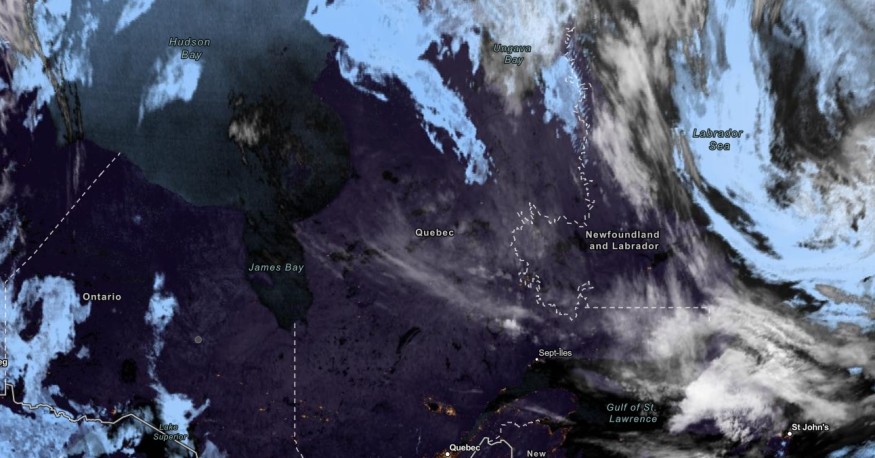The latest weather report showed that dry conditions are likely in parts of Atlantic Canada, Toronto Area, Quebec and Ontario. The prolonged dry outlook can stay until the first week of October.
Residents can expect little to lack of rainfall to ease the dry conditions this week. The dry vegetation can increase the risks of bushfires and wildfires aggravated by warm weather.
It is also best to avoid prolonged exposure to the warm and hot weather outlook this week, especially for older adults, outdoor workers and people with medical conditions.
Recently, NWN also reported the fire concerns in the N.W.T Communities and Yellowknife. The wildfires increased the concerns about poor air quality in the region.
Dry conditions in Canada: Where will it become more noticeable?

Last week, the arrival of the fall weather in Canada could ease the drought and dry conditions in British Columbia as the cold front set to unfold.
The beneficial rainfall could improve the cooler weather in drought-stricken B.C. during the summer.
In other parts of Canada, the relief from dry conditions is not expected in the early week of October. Little to lack of rainfall is likely, making it more vulnerable to potential wildfire threats.
In Atlantic Canada, the high pressure in the region can cause a prolonged dry outlook. Parts of the Maritimes can anticipate from the warm weather and sunshine this week.
In the Toronto Area, Ontario and Quebec, the ridge of high pressure can bring a dry pattern in the early week of October. The lack of measurable rainfall can make it more challenging for people anticipating cooler weather this fall weather.
Residents in Ontario can feel more of the dry spell this October. Homeowners should ensure that their AC system is working. The warm conditions can become troublesome for outdoor workers and older adults.
Wildfire threats in Canada
Canada has suffered from raging wildfires, which smoke reached parts of the US.
The smoke conditions brought poor air quality in parts of Canada, the Northeast US and the Midwest.
Reports showed that the wildfires became destructive in parts of B.C. this year.
Based on the Canadian Interagency Forest Fire Centre, there were about 894 active fires in the country as of September 27, 2023.
Meanwhile, the wildfire smoke reached parts of the UK and Ireland. The smoke was also seen in the Atlantic Ocean, which is more dense in the following areas:
- Newfoundland
- New Brunswick
- Downeast Maine
With the threat of wildfires and dry conditions, homeowners should stay alert for possible community fires. They should regularly cut their grass and throw leaves in designated areas.
Homeowners should turn off their engines while on the dry grass as possible. There is a chance to spark possible fire due to warm and dry areas.
Related Article : Canada's Fire Brings Poor Air Quality in Northwest Territories, N.W.T. Communities, Yellowknife
For more similar stories, don't forget to follow Nature World News.
© 2025 NatureWorldNews.com All rights reserved. Do not reproduce without permission.





